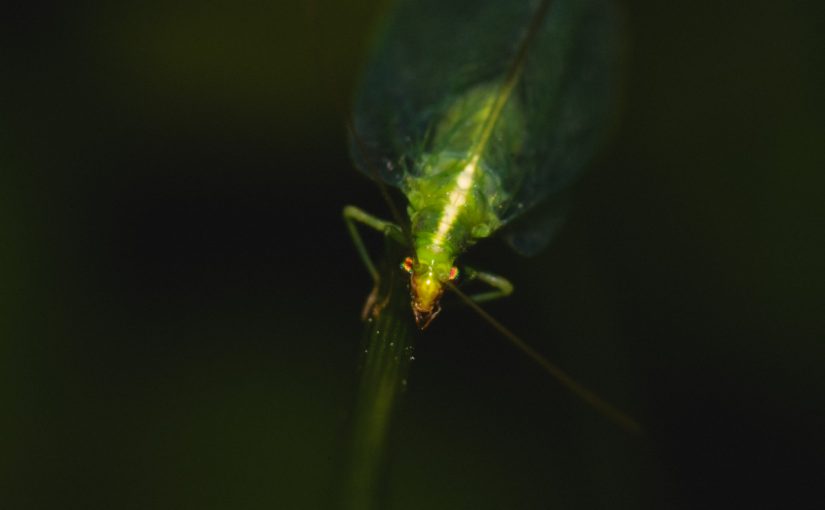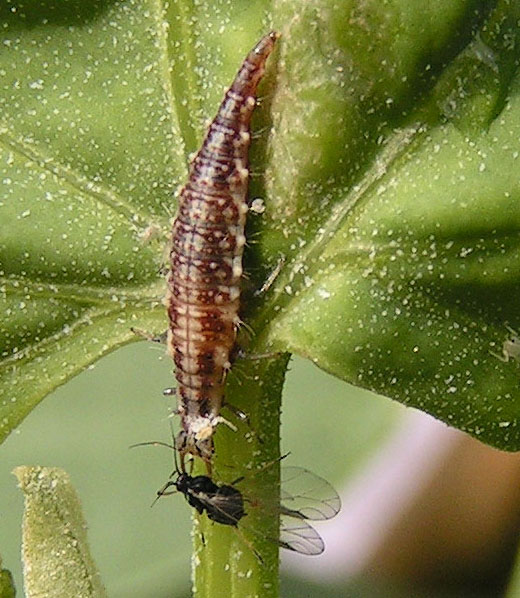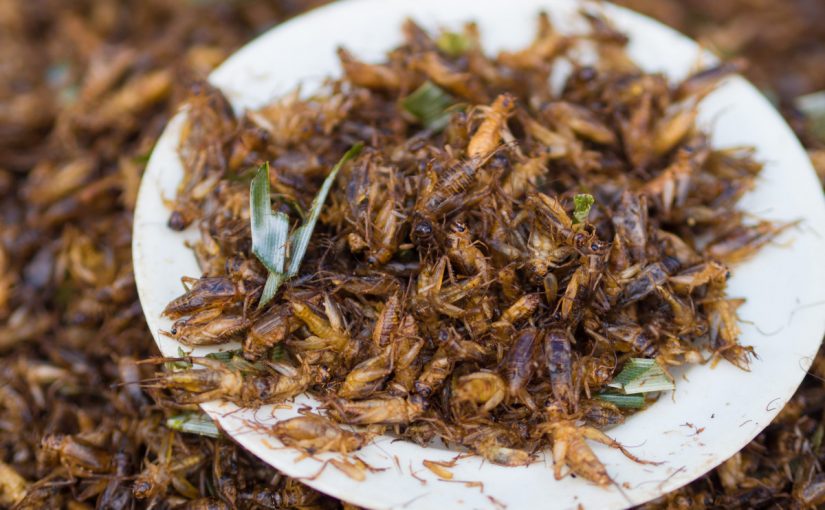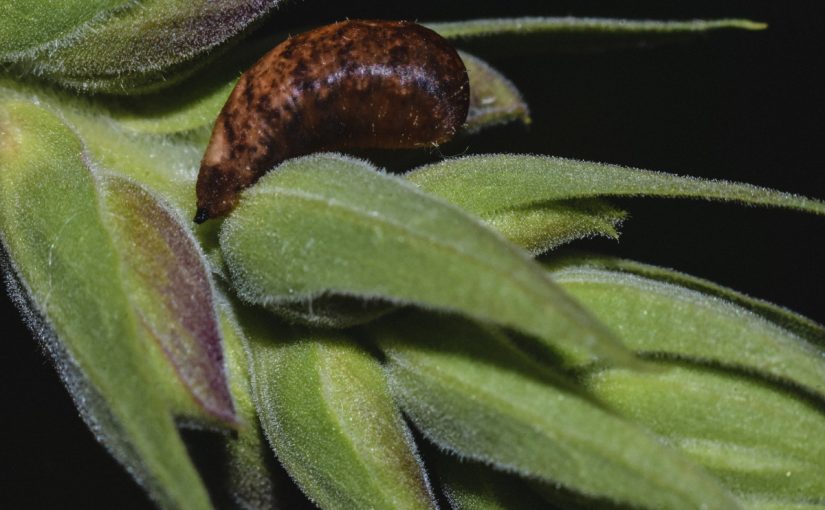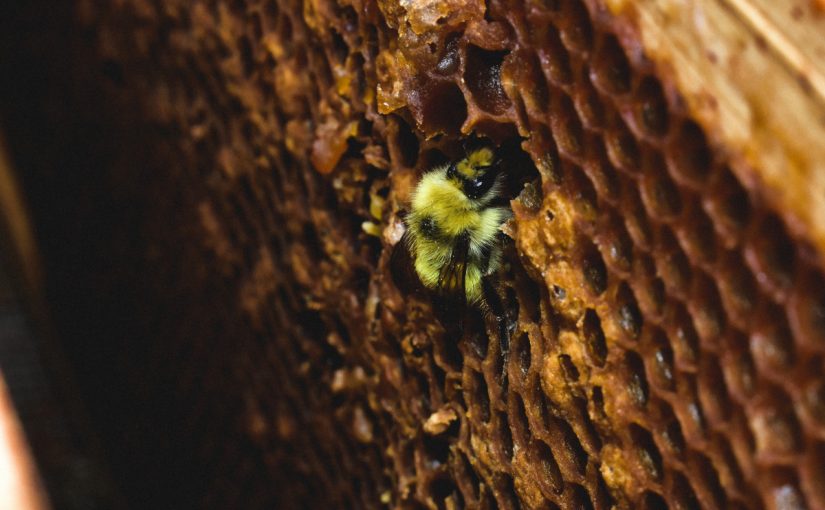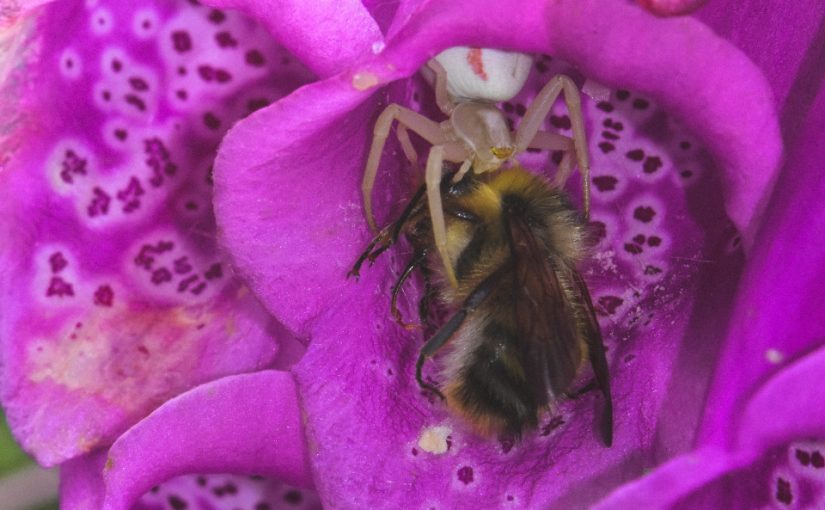Entomopathegenic Nematode Rearing
Green Lacewing Rearing Flow Chart
These are the final documents and flow charts, feel free to take a look at them, although I’ve already posted most of it here!
Conclusions: I learned a lot about the inner workings of insects, and I think this will be very useful information to build on, especially when studying how individual species vary compared to the norm. Also, it will help me identify more efficiently. Overall, I am glad I spent so much time learning that information, and although it was somewhat niche it will be fundamental for me later.
The rearing protocols look good enough to start working on the actual systems, and then begin my rearing next quarter, eventually leading to release.

